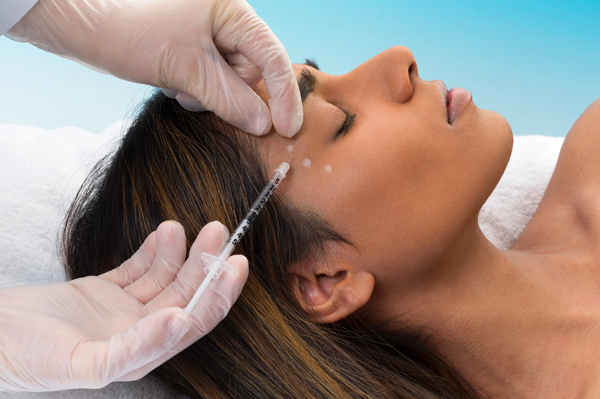
Botox (botulinum toxin) injections are a popular cosmetic treatment used to reduce the appearance of wrinkles and fine lines. They are derived from the botulinum toxin, a substance produced by Clostridium botulinum, a bacterium. In small, controlled doses, Botox temporarily paralyzes muscles by blocking nerve signals, preventing muscle contractions. This leads to smoother skin and a reduction in wrinkles.
Causes
The primary cause for Botox injections is to reduce the appearance of aging, particularly dynamic wrinkles caused by repeated facial movements, such as frowning, squinting, or smiling. Over time, these muscle contractions lead to the formation of lines and wrinkles, especially around the forehead, eyes, and mouth. Botox is also used to treat various medical conditions, including excessive sweating (hyperhidrosis), chronic migraines, overactive bladder, and certain eye disorders like strabismus (crossed eyes) or blepharospasm (involuntary eyelid twitching).
Symptoms:
The primary symptoms that Botox aims to treat include:
Treatment
Botox injections are a minimally invasive procedure performed in a healthcare professional’s office. The treatment typically involves the following steps: